|
The Splendour Team travels around the region frequently throughout the year for formation events. One of their recent stops was Brunei for the Dialogue of Salvation seminar from 4 – 11 June 2017. Alan and I decided to pop by via a road trip since it is not too far away! FYI, it took us almost 6 hours (minus the lunch break) to reach the Church of Our Lady of Assumption in Bandar Seri Begawan, Brunei. Now you may have noted that the picture above claims that the trip would take about 5.5 hours. Look closer and the route required us to cross border after border. That’s right. We went out of Sabah into Sarawak; out of Sarawak into what they call ‘Brunei kecil (small Brunei)’; out of ‘Brunei kecil’ into Sarawak again; and finally out of Sarawak into Brunei (yet again). Which meant waiting times at immigration AND lots of pretty stamps on the passport! There is something tranquil about road trips. I get more tired on a 2-hour plane ride compared to a 6-hour road trip. This is probably the case because I have not been in the driver’s seat yet. But then again, I have never flown a plane either! Some of you may be wondering: “What la can you do for 6 hours while driving to Brunei?”. Good question. Well, Alan and I only meet when there are Splendour events although we both reside in good ol’ KK and our workplaces are practically 5 minutes’ drive apart. So there are quite a lot to catch up on when we do meet. Aside from that, he halts the radio and all conversations at exactly 3pm to pray the Divine Mercy Chaplet. I kid you not. At exactly (non-negotiable) 3pm. He also calculated the distance and approximate time to reach the next immigration before pulling out his rosary. “Jen, check your Waze how long to reach the next immigration.” “Oh about 25 minutes.” *Audible rattling sound of rosary beads* “OK, let’s pray.” And we reached Brunei! BTW, here is a useful tip if you want to embark on this particular road trip. If you are using Malaysian mobile internet data, and you need to rely on your Waze/Google Maps; then what would you do when you go into Brunei territory and you do not want to use internet roaming? This was an accidental find for us but we managed by allowing Waze to highlight the route for us whilst we were still in Malaysian territory. The GPS still works (after turning off mobile data) when we were in the Brunei zone. So at least we had a visual look at where we could track the junctions to take in order to reach our destination. It was good to meet Felicity again. For ya’ll who have not read my experience of the pilgrimage to South Korea, she was my roommate :) Of course, we had to work too although we were just paying a visit. In this case, ‘jaga booth (look after the resources booth)’. But we got jalan-jalan also la, not work only. It was after all the Ramadan period. Which means… food! Coming back to reality, it was a good opportunity for Alan and I to attend the focal seminar of the year, Dialogue of Salvation. This trip also coincides with the birthday of our dear administrative and creative director, Matthew Kang! Finally, it is time to go home. It was definitely a good break. We always anticipate seeing each other whenever we can – which is a luxury seeing how busy we each are. Meeting people you love is like charging your happiness fuel. Until we meet again! ^^
0 Comments
It is clear how the secular world sees relationship with one another. We often hear and are guilty ourselves, of thinking that we are being kind when we say “I will give the benefit of the doubt to the person so that I would be happier”. It is as if the person has, out of our mercy, gained this benefit from us. This notion of “protecting ourselves first” in a bid to avoid getting hurt emotionally is actually a self-seeking attitude. In retrospect, if it is selfless love, we would embark on finding the truth instead of dwelling on a doubt in the first place. This self-seeking attitude is strongly reflected in our daily lives in various ways, especially, when it comes to the human body. Everything we do in life revolves around the body. Birth, death, eating, sleeping, dancing, walking, smelling, hearing, and trips to the bathroom. Yet, we find the most confusing and troubling part of our embodiment to be the longing for union and communion. Pope St John Paul II’s first major teaching during his pontificate, Theology of the Body, centralises on understanding that the human body includes, right from the very beginning, the capacity to express love – that love in which the person becomes a gift. And in being this gift, it fulfils the meaning of our being and existence. This was the very message that Raymond Hew, our in-house speaker on this topic, wanted to get across to a group of youth at the Penang Catholic Diocese Centre from 3-4 June 2017. “If we want to know what is most sacred in this world, all we need to do is look for what is most violently profaned”, these words from Christopher West, one of the most profound advocates on Theology of the Body speaks of the reason why the human body has been confused for self-seeking reasons in our society. Yet the beauty of the body is that God chose to make His invisible mystery visible to us through the incarnation of Jesus Christ, the Word made flesh – the embrace of God in man. God is love. For love to be love, it has to be given, it has to be received and it has to bear fruit. This is the mystery of the Trinity which our bodies make visible in the world, this living, life-giving communion of love. How then did the “man of lust” take the place of the “man of original innocence”? During the original sin and the fall of man, Adam and Eve questioned the gift and love of God. They believed in Satan’s lies that God does not want them to be like Him, God does not want them to have freedom, and God wants to keep them from what they really want. And if they really want freedom, they would have to take it for themselves. It is like a child wanting to grab a cookie that the father wants to give him. This is the problem with us all; we do not trust our Father’s love enough that we attempt to create our own happiness. This trust issue was illustrated in a game where the youths formed a ‘net’ for their friend to fall on. If we were the one standing there, chances were, we would not fully trust our friends to catch us. We would do something to help ourselves in case the person does not catch us e.g. stiffening our bodies or bending our legs. Pope St John Paul II beautifully described love which is self-giving: “For love is not merely a feeling, it is an act of will that consists of preferring, in a constant manner, the good of others to the good of oneself”. How do we know that our love is truly self-giving and is like Christ’s love for us? The hallmarks include in being free, total, faithful and fruitful. Jesus came into the world to become man, he gave Himself on the cross, he was faithful in His mission to God the Father even unto accepting death on the cross, and His life and love was fruitful – giving us a new life, a new freedom, a life capable of pure love. In other words, Christ came as a bridegroom, to give up His body for His bride, the Church. And who better as the ultimate example of this love than the perfect disciple of Jesus, Mother Mary. She freely said yes to God to be the mother of Christ, gave Herself totally to God – dedicated Her life to holiness and in being sinless, Her faithfulness in never turning away from God’s will, and was fruitful in being the mother of God who gave birth to the author of life, Jesus Christ. This brings us to the reflection of how we could implement the virtues of a self-giving love in our own lives. Have we been caring for one another freely, or are we setting conditions on our relationships and friendships? Have we been giving to those in need or only when it is convenient? Have we been faithful to the truth or have we resorted to lies for the sake of protecting our reputation? Have we been fruitful in sharing God’s love to all we meet? Other important points which were shared include how we are called to love as a man and a woman, and dating with purpose and purity. An exercise was to build an upside-down pyramid with small toy cups which is quite an impossible task to achieve. This was used to illustrate that there is an ideal order to dating and courting. Aside from speaking on Theology of the Body, Raymond has also recently shared on the Eucharist in light of the recent Corpus Christi Sunday. Watch more below: 필승 (P'ilsŭng)! Our bus driver loved to shout this while saluting at me at unpredictable times which (almost) always scares me out of my skin. He was from the Marines as he flaunted his badge pinned to a cloth next to his seat. 필승 (P'ilsŭng)! which means “Sure victory!” is a motto declared as one salutes when in the Marines or Navy in South Korea. We had just touched down at Incheon Airport. Soon we found ourselves en route to discover what South Korea has to offer. Of course, this was no ordinary trip. This was a pilgrimage. A pilgrimage to South Korea? Pilgrimages like those to Holy Land and Rome? That kind of pilgrimage? Yes. This pilgrimage is part of the Asian Church Series organised by the Splendour Project. Admittedly, I signed up for this largely because I have longed to visit this country. Secretly, I wanted to bump into any of the cast of Running Man. Whilst drifting in this imagination, my roommate and trip partner-in-crime, Felicity, struck up a conversation. We had only first met when at the airport. But who knew we had such good chemistry from the start. Felicity had visited South Korea back in 2014 for the 6th Asian Youth Day and shared one of the stories she learned of. Back in the days of persecution of the Catholics in the 18th and 19th century, there was a time where soldiers raided a village of Catholics. They had been hiding and staying at this village to avoid capture. The villagers told the soldiers that they knew they were there to bring them to Haemi Castle to be executed. But since it was late, the villagers offered the soldiers their place to stay and rest. The next day, the villagers marched with the soldiers towards Haemi Castle to face the inevitable onslaught. On the way to Haemi Castle, A child asked his mother: “Where are we going?”. The mother replied: “To meet Jesus”. This story brought me back to reality. The reality of my Faith. Why did the villagers not run when they were raided? Even offering their persecutors a place to rest before facing their execution? How is the mother so peaceful to comfort her child through such simple yet powerful words? It dawned on me that this is the nature of martyrdom. One that accepts persecution with peace whilst standing on the truth. When Jesus died on the Cross for our sins, he did not say to us: Repent! Then I will die for your sins. No. Jesus died for us while we are still sinners. This is the attitude we need to bring with us when sharing God’s love to others. A love that is absolutely unconditional. This story was the pivotal point to my life-changing experience in this pilgrimage. What amazed me as much as the courageous martyrs of South Korea, is the fact that Catholicism entered the country via lay people through books, not missionaries. It is interesting that in those days, Catholicism was seen as a religion of modernity and science. Yet now, the Faith is often mistaken to be quite the opposite in our days of relativism. In the late 18th century, the youth wanted to learn how to build cranes for constructing larger buildings and how the Earth goes around the Sun – instead of debating abstract and scholastic ideas. But this was not a matter of interest in the neo-Confucianism era and the intellectual questions were regarded as irrelevant and trivial. Naturally, these young people began to read Western treaties on technology, astronomy, and physics. Such books were being imported into Korea from China since the early 1700s and retained a number of positive references to Christianity. Eventually, these young intellects read other translated Christian texts as well. Many of them felt that they had finally found the truth and embraced the Faith. This was just a snippet from the vast sea of historical information and reflections that was prepared in the booklet prepared by our formation director, Deacon Sherman Kuek especially for the pilgrimage. Deacon Sherman also prepared us through daily formation before we set out – which I am sure the pilgrims agree, helped us delve deeper in our reflections during the pilgrimage. As we stood before the few tombs of martyrs at Chon Jin Am, the local priest that hosted us shared some stories relating to the martyrs. One entailing a father willing to kill his son for his Faith so to keep their influence and power in society. Others were executed in various ways, including decapitation. Even our non-Christian tour guide cum translator started choking at the stories told upon hearing the stories for the first time. Standing in a circle, the priest then asked us to put our hands on our heart and recite: “Jesus loves me, as his heart is shattered”. After repeating twice more, he then asked us to go round the circle and recite to each person: “Jesus loves you, as my heart is shattered”. It was clear that most of the pilgrims were moved and this was a moment of closeness for us. Shattered. One might be familiar with the phrase “taken, blessed, broken, given” which is reflected upon in Henri Nouwen’s book, The Life of the Beloved which echoes the life of Jesus – who was taken, blessed by God, broken on the cross, and given to the world. To be given for the world, we need to first be broken as Jesus was. I used to think that martyrdom means to be caught for my Faith and to die for it. I learned from the Korean martyrs, that really, being a martyr is to be a witness for the Gospel of Jesus Christ. Simply put, martyrdom is by giving until I have no more to give – and when I have nothing left to give, to give some more. Truly, their fervour in the Christian faith is as such that they would not renounce their Faith even at times of great oppression. It is no wonder Catholicism thrived even during grave persecution for a prolonged period. For the Korean Catholics to calmly and courageously receive from God the glorious crown of martyrdom is a conviction that Christ has trampled over sin and death. Seeing the staunch and unwavering faith of the Korean Catholics, one cannot help but be inspired by their lives and confidence in Christ’s sure victory! P'ilsŭng! This is a more personal account of the pilgrimage to South Korea and was recently featured on Catholic Sabah. There is also a main article which reflects on the main message of the pilgrimage. Click here to read more. UPDATE: 23 JUNE 2017
This article was also published on Herald and Catholic Sabah's online portal! Article published on Herald's site Article published on KK's Diocese Site |
AboutSplendour's latest happenings with a personal touch. Come back regularly for updates! ProfileJennifer is an engineer by day, daydreamer by night. Fatally attracted to bunnies, orange and nuggets (especially the chicken type). And occasionally chocolates. Everyday is an occasion. ArchivesCategories |
|
The Splendour Project is a name that represents a collaborative effort among various individuals. What brings these individuals together is a common commitment to fulfilling the evangelisation mandate of the Holy Catholic Church in a concerted way (ref. Canon 216, 1983 Code of Canon Law). We are not in any way a Public or a Private Association as defined by the Code of Canon Law.
© 2018 - 2023 All rights are reserved on contents in this website belonging to respective owners. |

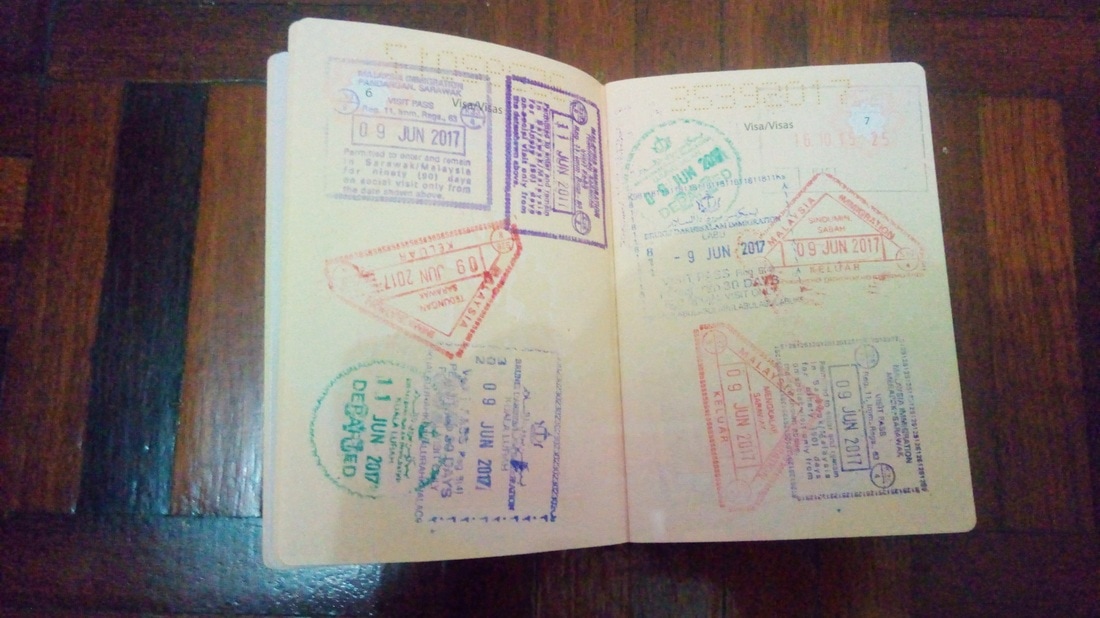



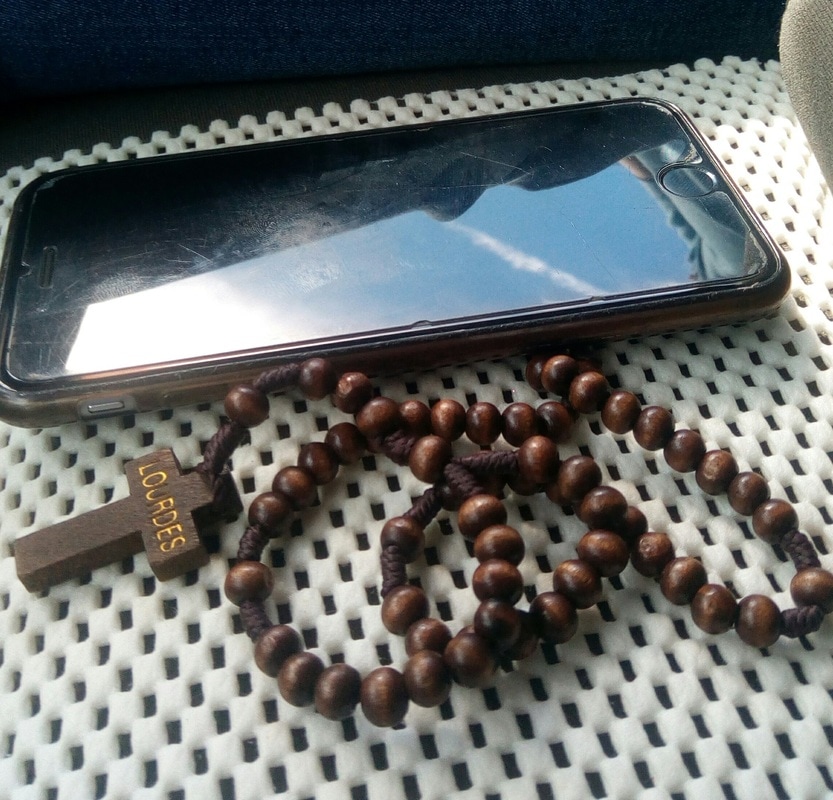


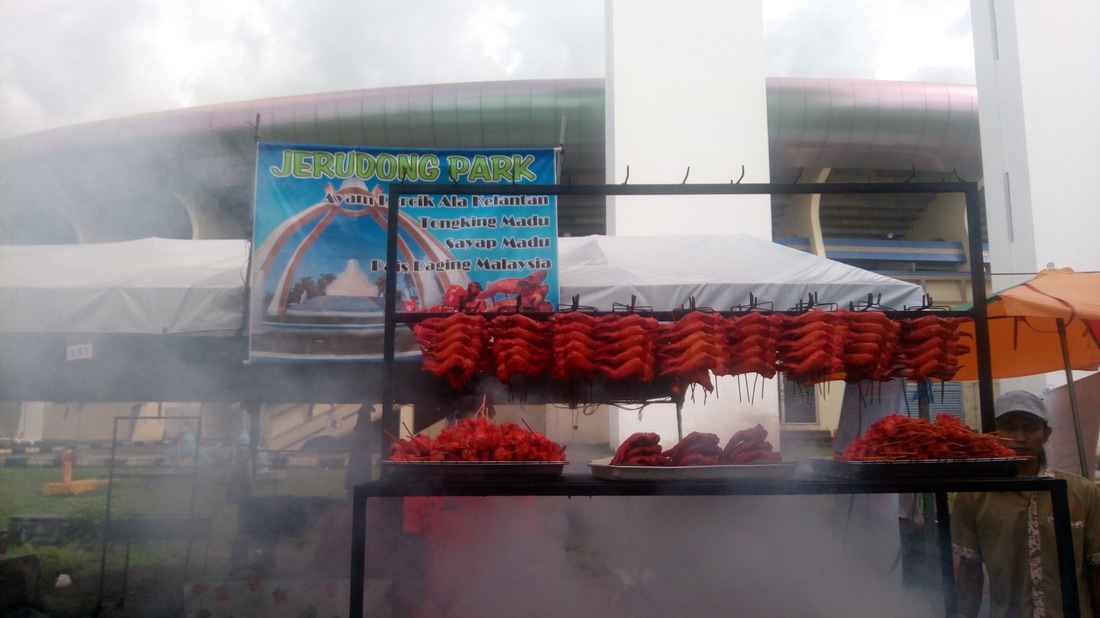



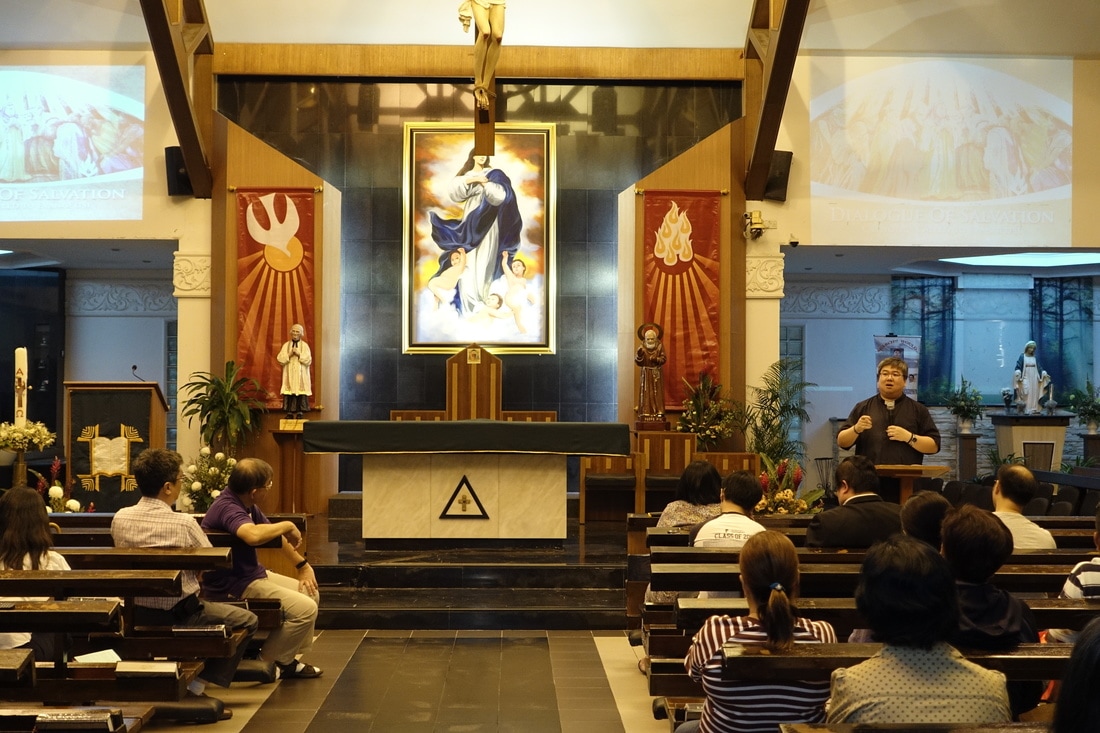

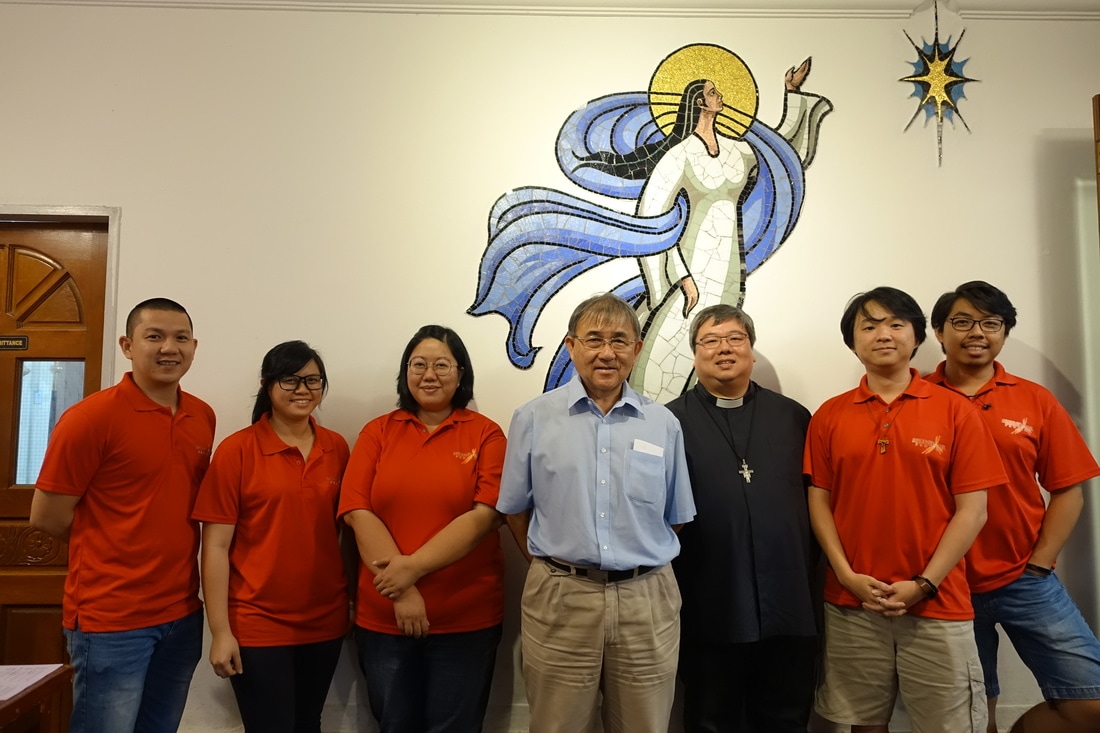
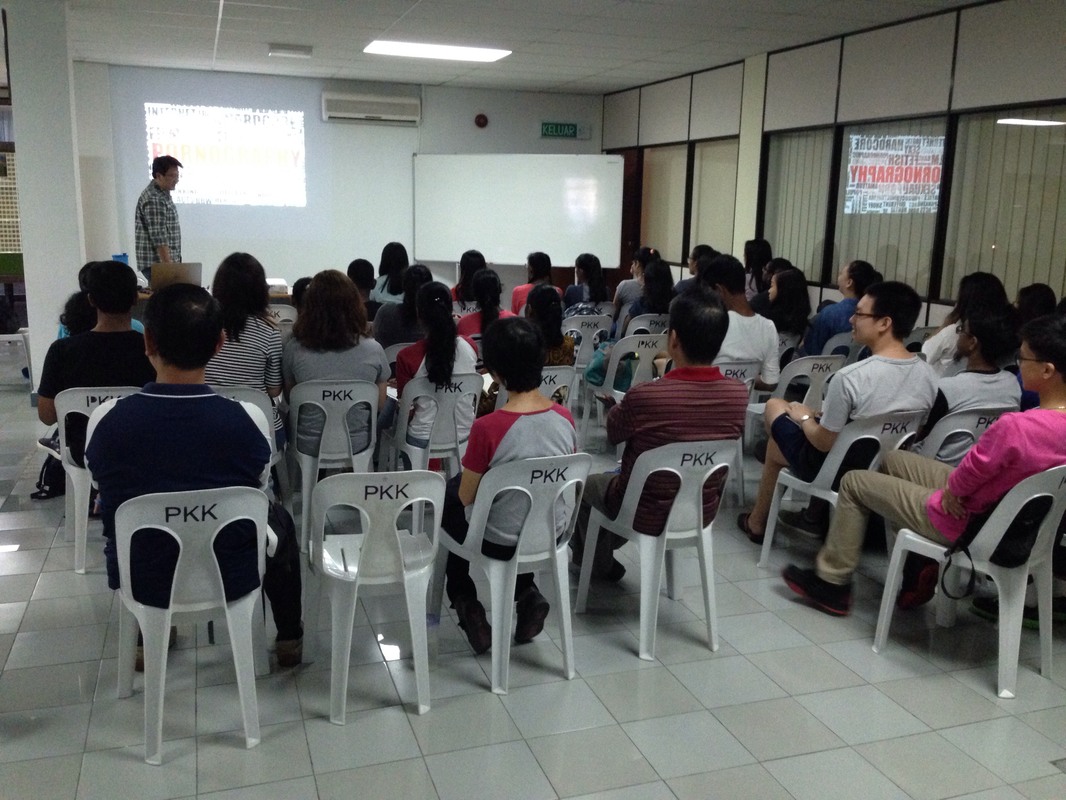
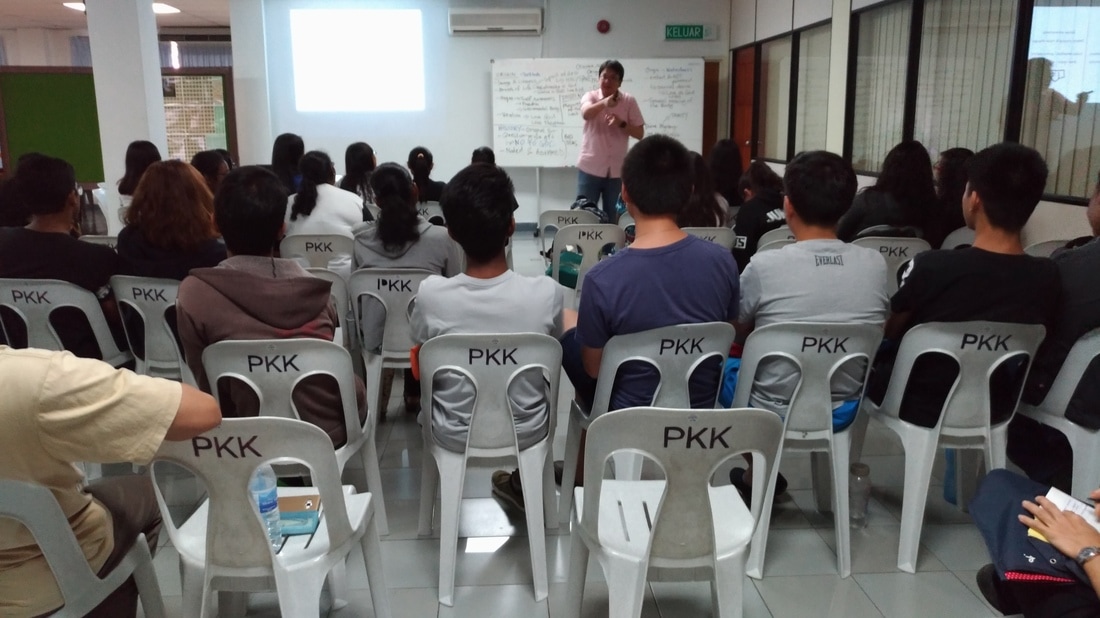


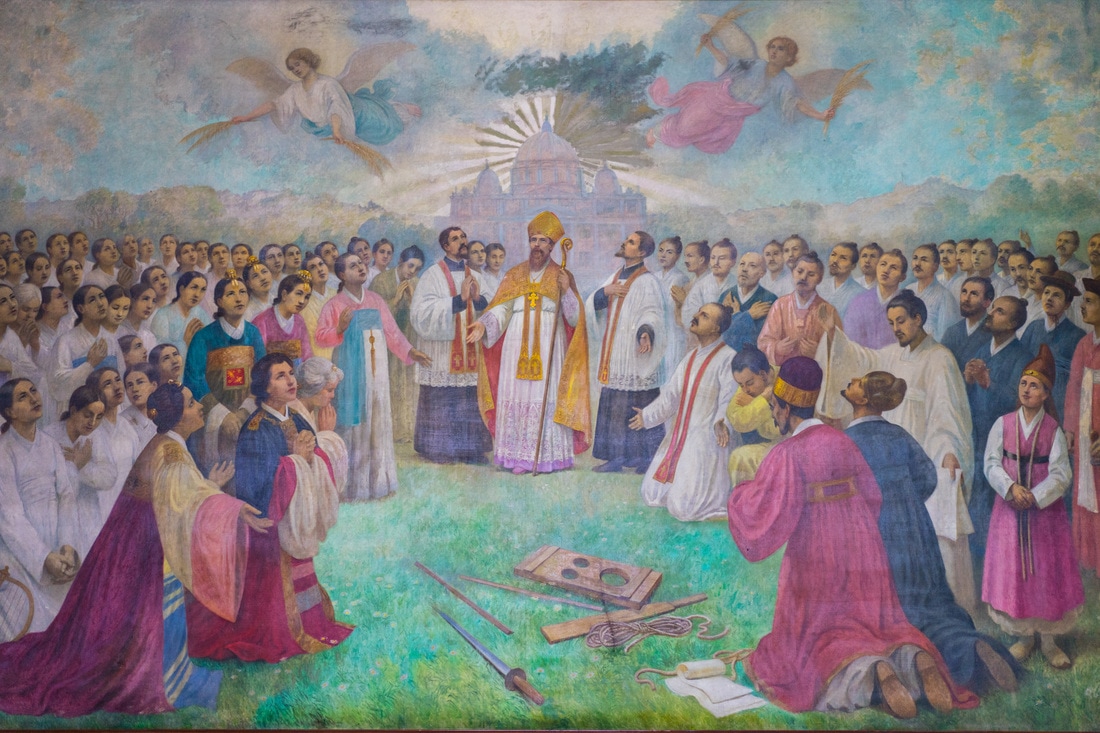



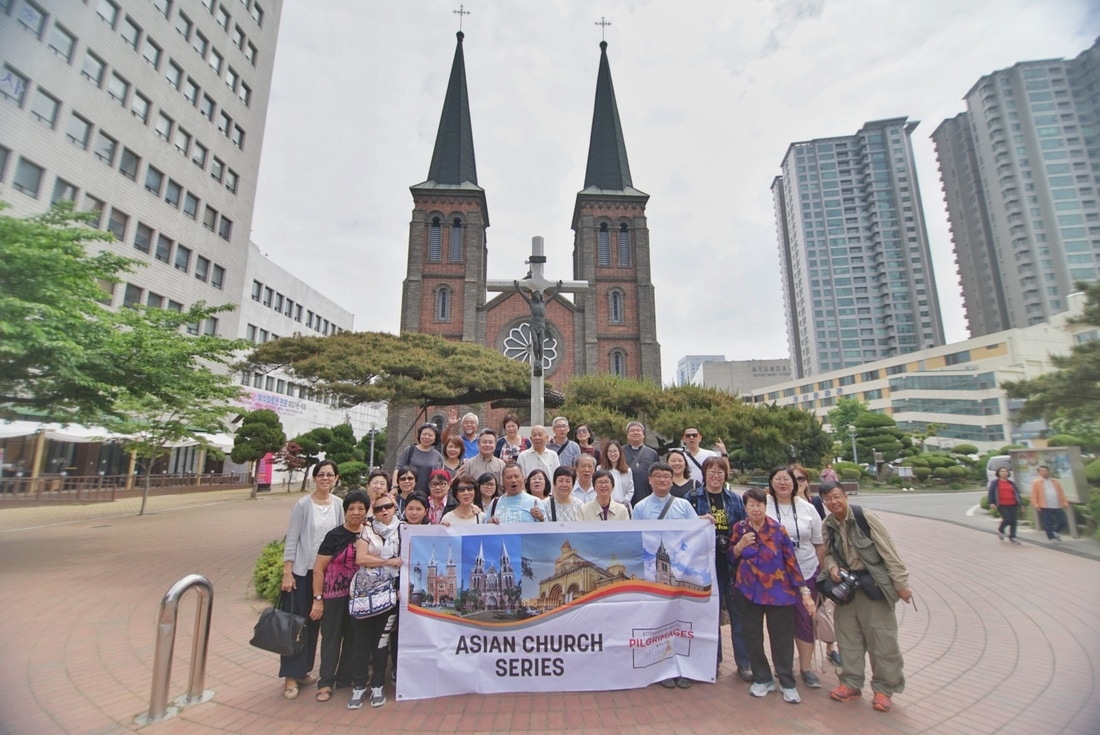

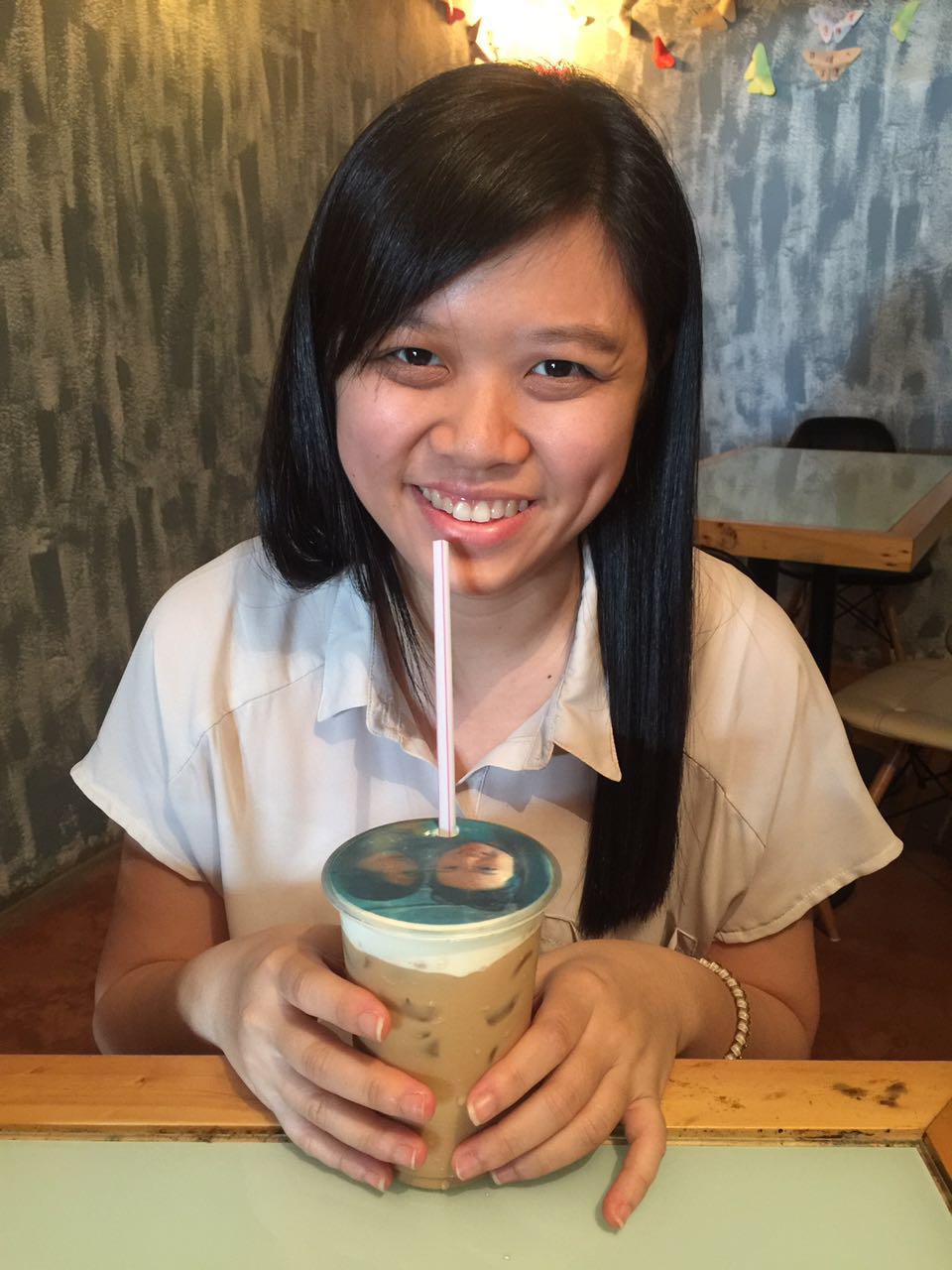
 RSS Feed
RSS Feed
